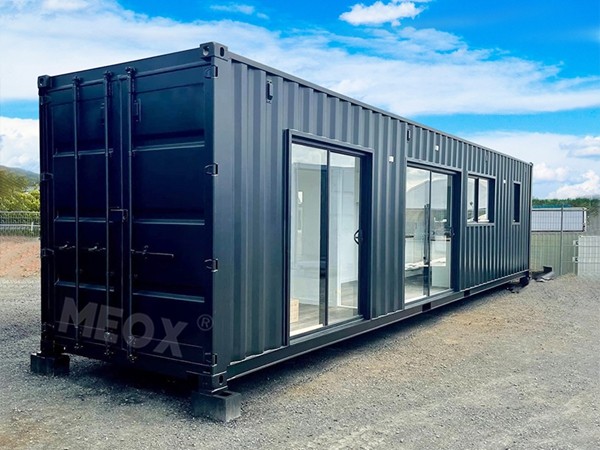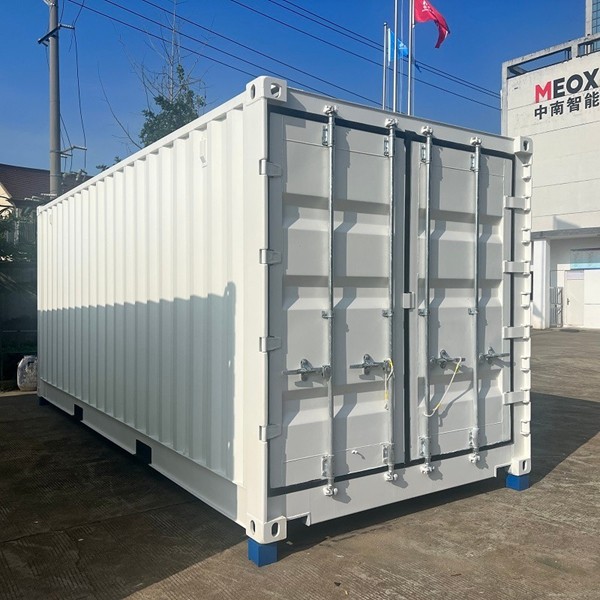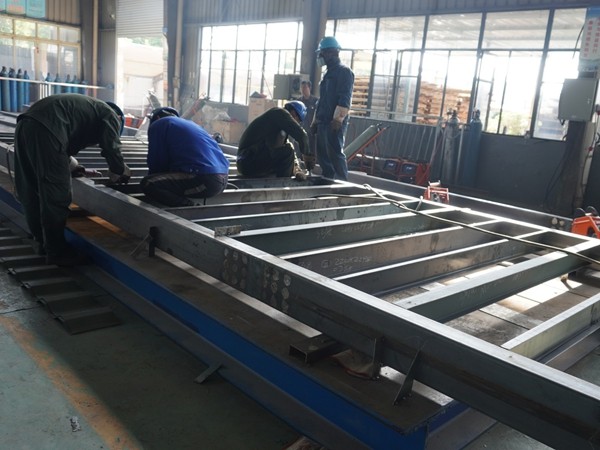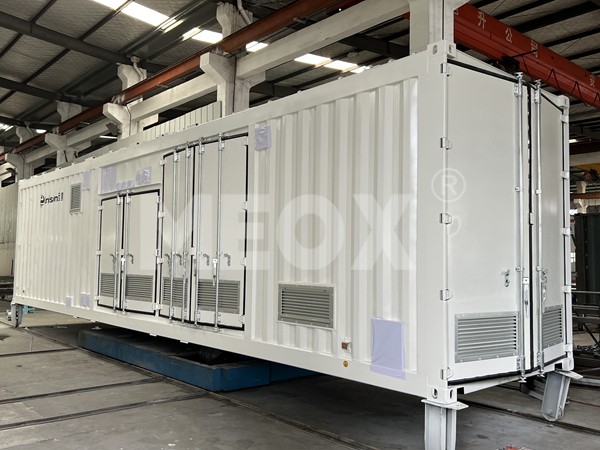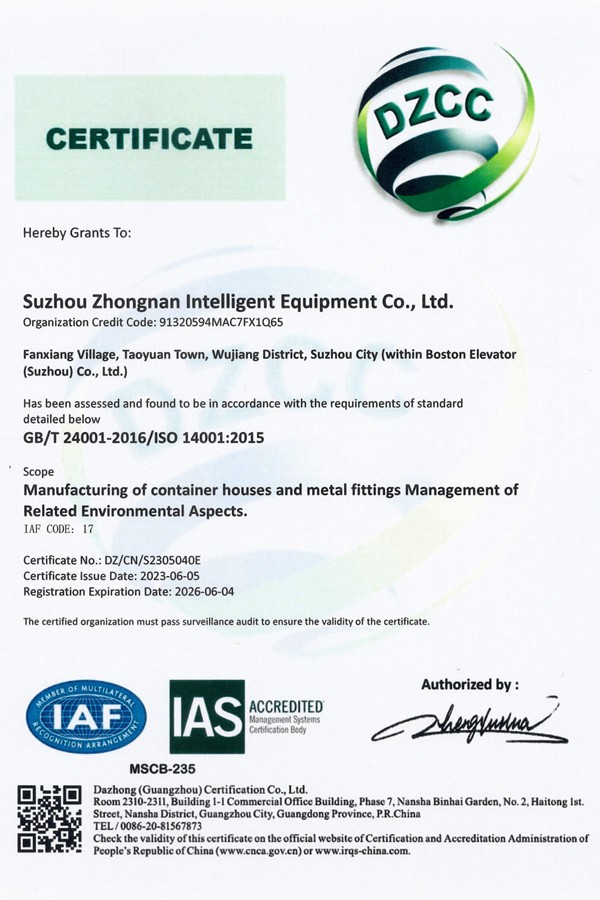The allure of shipping container kitchens has captivated the modern market, attracting the attention of restaurateurs and culinary enthusiasts alike. Renowned for their blend of innovation and practicality, these containerized kitchens offer a distinctive choice in the expanding world of mobile and space-efficient culinary solutions. The cost associated with shipping container kitchens is influenced by a multitude of factors, ranging from customization and location to materials and technology integration.
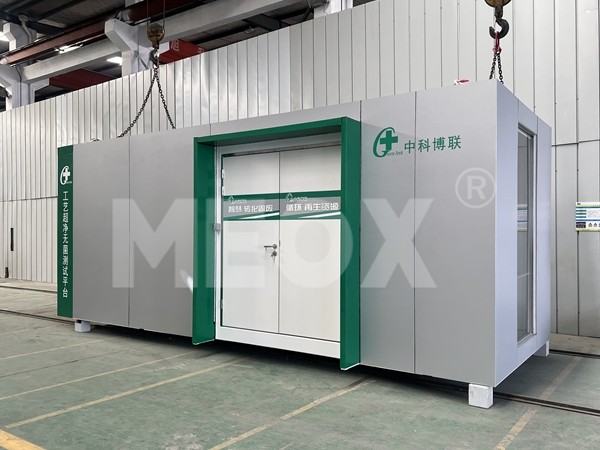
For those venturing into the market, understanding the basic structure and potential costs is integral. Shipping container kitchens typically start with a repurposed ISO shipping container, renowned for its structural integrity and weather resistance. A standard 20-foot container might cost between $1,500 to $3,000 before any modifications. Larger 40-foot containers may range from $3,000 to $5,000. These figures are baseline prices, representing the raw container alone.
Customizing a container to transform it into a functional kitchen significantly influences the end price. Basic customizations, including plumbing and electrical installations, can add $5,000 to $15,000 to the base price. A more sophisticated design, incorporating commercial-grade kitchen appliances, bespoke finishes, and luxury amenities, might escalate costs further. Industry experts estimate a fully outfitted shipping container kitchen can run anywhere from $20,000 to $100,000.
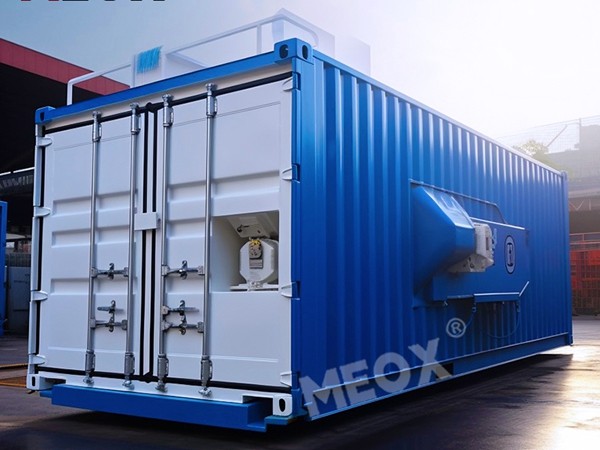
Location greatly impacts the final cost as well. The proximity to urban centers can affect shipping and operational costs. Metropolitan areas may offer higher ease of access for utilities and specialists needed for the conversion process, potentially reducing costs. However, they might also incur higher transportation and labor expenses due to increased demand. Conversely, a rural setup might save on labor but could result in higher transit and logistical costs.
Craftsmanship and specialization are critical in this arena. Partnering with a reputable company that specializes in shipping container modifications is crucial. These experts bring a wealth of knowledge about structural modifications, local health regulations, and safety standards that must be met. Ensuring compliance with local laws and regulations is not only pivotal for operational approval but also adds a layer of trustworthiness to your business. The expertise of experienced professionals guarantees the kitchen’s operational safety and efficiency.shipping container kitchen price
Equipping the kitchen presents another avenue where costs can vary. Commercial-grade fixtures, such as durable stainless-steel counters, high-efficiency refrigeration units, and state-of-the-art cooking appliances, are more expensive but offer longevity and reliability, crucial for high-volume food production. Many opt for used or refurbished equipment to offset costs, a feasible strategy as long as the quality and condition are diligently verified.
Investing in sustainable technologies can also influence the pricing of a shipping container kitchen sustainably. Solar panels, energy-efficient appliances, and water recycling systems are some ways to reduce the environmental footprint, aligning with increasing consumer demand for eco-friendly options. Although the initial investment may be higher, the long-term savings on utilities and the positive brand image earned from sustainable operations can provide substantial returns.
The aesthetic appeal should not be understated either. The look and feel of your shipping container kitchen significantly contribute to its brand identity. Creative use of colors, textures, and artworks can make your kitchen stand out, attracting more customers. While aesthetic enhancements can add to the budget, they often translate to greater customer engagement and loyalty.
Finally, the resale value of a shipping container kitchen is a comforting consideration. As the market for unique culinary experiences grows, so does the interest in mobile and modular kitchen solutions. A well-maintained shipping container kitchen can retain much of its value, making it a strategic investment.
In conclusion, understanding the various factors impacting the price of a shipping container kitchen is essential for anyone considering this culinary venture. It involves a careful balance of basic structural costs, the extent of customization, specialist input, and material investments, all tailored to specific operational needs and locations. When approached with due diligence, investing in a shipping container kitchen offers not only a practical and innovative culinary solution but also a financially viable business opportunity.


